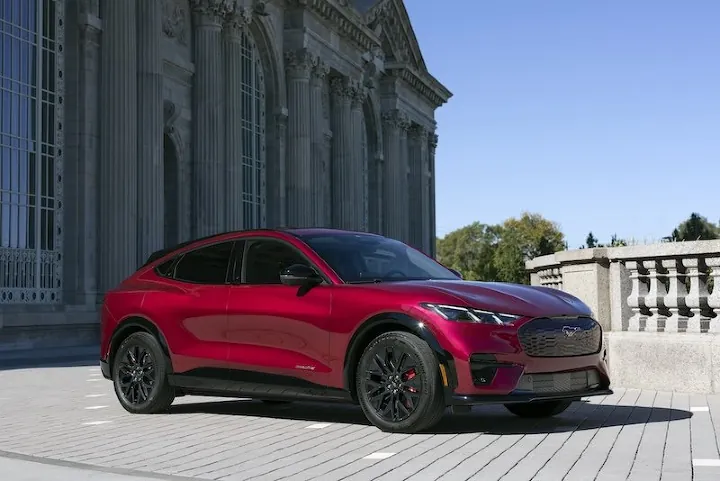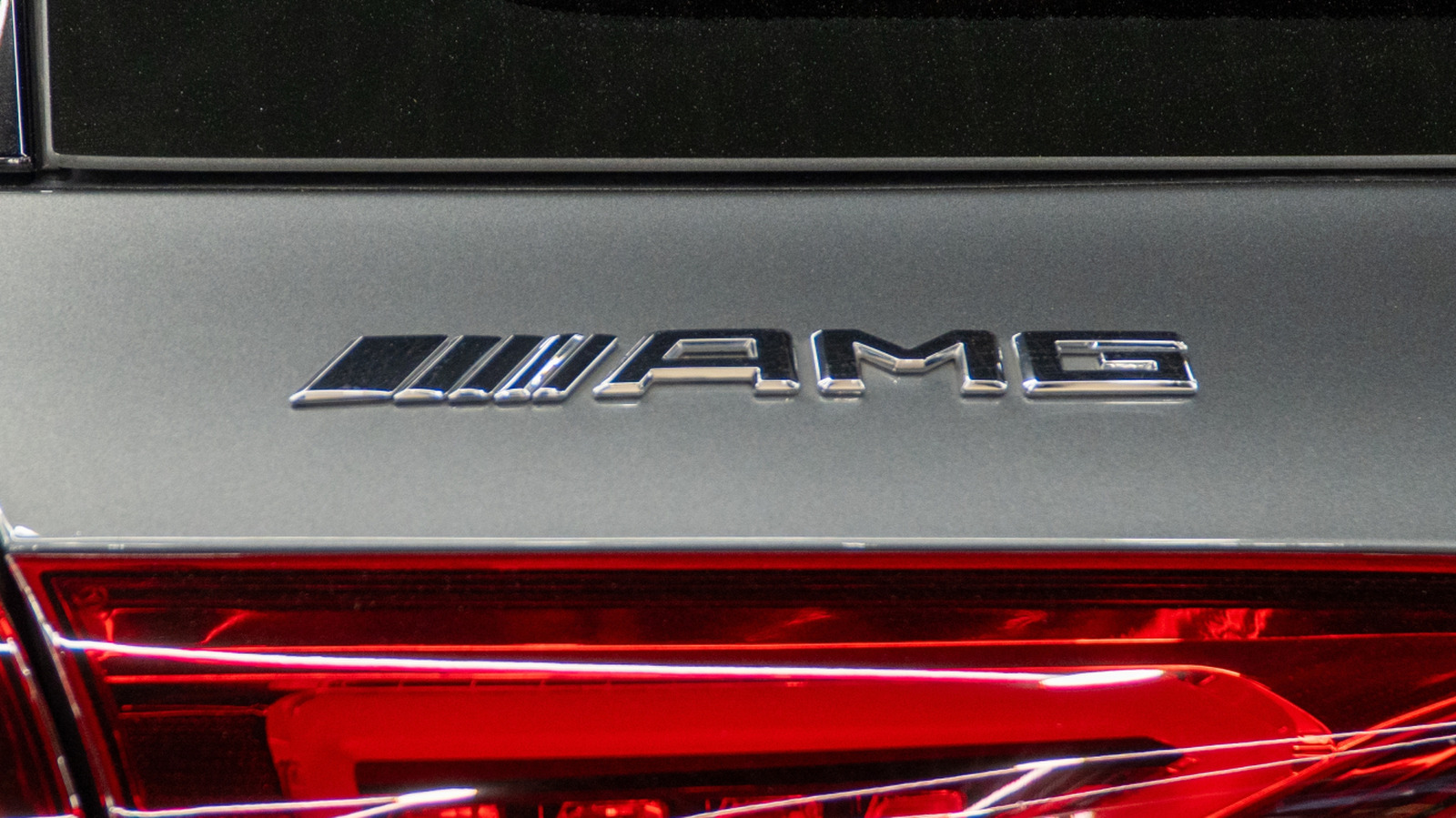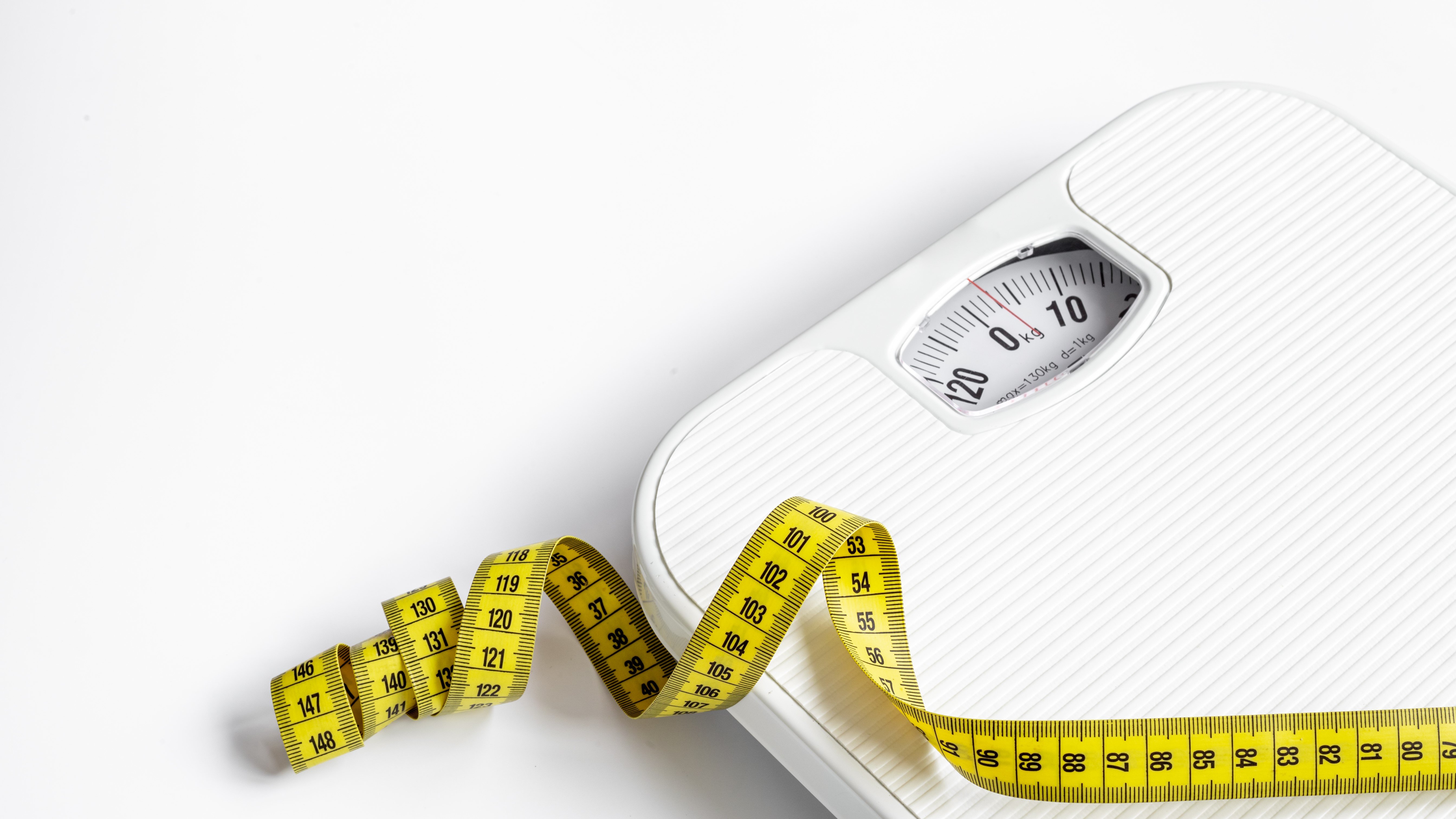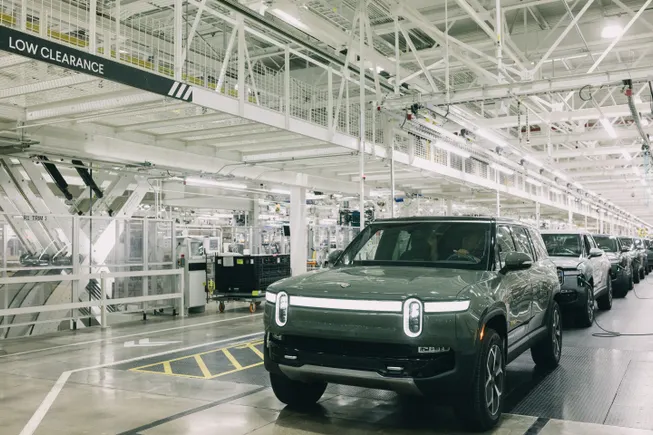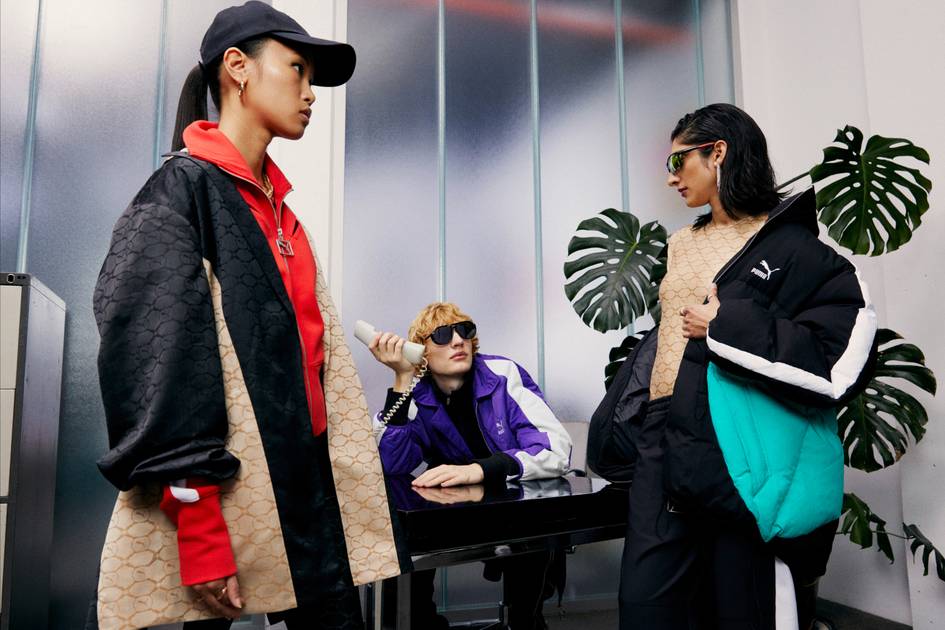Innovative packaging companies helping fashion kick its plastic addiction
Background One of Sway's seaweed-based polybags. Credits: Sway Opportunities for sustainability exist in all parts of the fashion industry and its supply chain. Not just in the production of items or logistics, but also in order packaging. Consider, for example, reusable packaging, alternatives to bubble wrap and seaweed-based polybags. These innovations, however, are not often in the spotlight, even though they deserve to be. That's why we are showcasing a few companies ready for their cue. Several companies offering reusable packaging have been launched independently in recent years. These include Italian company Movopack, Finnish company RePack and Dutch company Boxo. Reusing packaging reduces emissions, as well as plastic waste. About reusable packaging: Fashion for Good's research (Reusable Packaging Report, published 2021) shows that reusable packaging creates 87 percent less plastic waste than single-use packaging. It is important to note here that, according to the most recent figures, only 14 percent of all single-use plastic packaging is recycled (Ellen MacArthur Foundation, 2017). When compared to a regular single-use envelope, reusable packaging has 82 percent less carbon emissions. So what about single-use packages that are 30 percent recycled materials? Even then, reusable packaging has 82 percent less emissions than single-use with recycled materials. It is worth noting, however, that carbon emissions differ between the various reusable packaging systems. If, after a packaging is handed in, it first goes to another location for cleaning, this will result in higher carbon emissions due to transport and the difference with a single-use envelope is therefore smaller. If the returned packaging does go directly to a distribution centre, is cleaned there and immediately reused, the difference with single-use packaging is obviously greater. The figures in the paragraph above are those of the latter system where a package is cleaned at the same place from which it is reused and shipped. Zalando also tested reusable packaging in Scandinavia for some time. The company indicated that, at the beginning of the test phase, only a small proportion of the packaging was returned. "We realised that circular models require a change in consumer behaviour and the concepts need to be clearly communicated," the company said. Many logistical steps are also involved; a deposit system, checking and cleaning the packaging, etc. "We are still a long way from introducing reusable packaging to all Zalando customers," Zalando added. The e-commerce giant has introduced a circular concept for packaging for logistics within the company, according to a report. "As a result, we now use cardboard packaging multiple times in our intralogistics network. This allowed us to avoid using 980 tonnes of new boxes in 2022." Changing packaging: Three companies changing the playing field While Zalando is only implementing the use of reusable packaging internally, Dutch company Boxo is helping retailers implement this type of packaging externally. This means that the consumer actually gets their hands on them. Boxo opens return points for reusable packaging. One of these is the Bruna at Utrecht Central Station. Credits: Boxo It works as follows: when a consumer places an order with a participating webshop and, according to their postcode, lives near a Boxo return point, they are given the option to choose reusable packaging. A deposit of 3.95 euros must be paid for this. "We based the amount on a crate of beer, because many people are familiar with the deposit concept for this," explained Boxo’s Lucas Hullegie by telephone. When the consumer wants to return the packaging, they go to a return point and indicate that they are returning a Boxo package. The shop assistant then displays a QR code, which the consumer scans with their phone. The code leads to the Boxo website, where the consumer ticks a box to indicate that they want to return a package. The consumer then scans the QR code on the packaging and immediately receives a payment link with the deposit refunded. Boxo’s own packaging is made from so-called "big bags" from dairy company FrieslandCampina. "These are packages for milk powder, which can only be used once due to food safety." Instead of throwing them away, the dairy company now hands these big bags over to Boxo. "It's a bag within a bag. We cut out the inner bag and use the outer bag." Hullegie explained that, with the help of social workshops, these big bags are transformed into Boxo packaging. Hullegie indicated that he made reusable packaging himself because "there weren't that many flavours yet". Fortunately, more packaging companies are now participating and they are using Boxo Return, a white-label service from Boxo. "Paardekooper and Moonen, for example, offer our return system in combination with their own packaging. By working with packaging companies, more types of reusable packaging are created and
Background
Opportunities for sustainability exist in all parts of the fashion industry and its supply chain. Not just in the production of items or logistics, but also in order packaging. Consider, for example, reusable packaging, alternatives to bubble wrap and seaweed-based polybags. These innovations, however, are not often in the spotlight, even though they deserve to be. That's why we are showcasing a few companies ready for their cue.
Several companies offering reusable packaging have been launched independently in recent years. These include Italian company Movopack, Finnish company RePack and Dutch company Boxo. Reusing packaging reduces emissions, as well as plastic waste.
Fashion for Good's research (Reusable Packaging Report, published 2021) shows that reusable packaging creates 87 percent less plastic waste than single-use packaging. It is important to note here that, according to the most recent figures, only 14 percent of all single-use plastic packaging is recycled (Ellen MacArthur Foundation, 2017).
When compared to a regular single-use envelope, reusable packaging has 82 percent less carbon emissions. So what about single-use packages that are 30 percent recycled materials? Even then, reusable packaging has 82 percent less emissions than single-use with recycled materials.
It is worth noting, however, that carbon emissions differ between the various reusable packaging systems. If, after a packaging is handed in, it first goes to another location for cleaning, this will result in higher carbon emissions due to transport and the difference with a single-use envelope is therefore smaller. If the returned packaging does go directly to a distribution centre, is cleaned there and immediately reused, the difference with single-use packaging is obviously greater. The figures in the paragraph above are those of the latter system where a package is cleaned at the same place from which it is reused and shipped.
Zalando also tested reusable packaging in Scandinavia for some time. The company indicated that, at the beginning of the test phase, only a small proportion of the packaging was returned. "We realised that circular models require a change in consumer behaviour and the concepts need to be clearly communicated," the company said.
Many logistical steps are also involved; a deposit system, checking and cleaning the packaging, etc. "We are still a long way from introducing reusable packaging to all Zalando customers," Zalando added. The e-commerce giant has introduced a circular concept for packaging for logistics within the company, according to a report. "As a result, we now use cardboard packaging multiple times in our intralogistics network. This allowed us to avoid using 980 tonnes of new boxes in 2022."
Changing packaging: Three companies changing the playing field
While Zalando is only implementing the use of reusable packaging internally, Dutch company Boxo is helping retailers implement this type of packaging externally. This means that the consumer actually gets their hands on them.
It works as follows: when a consumer places an order with a participating webshop and, according to their postcode, lives near a Boxo return point, they are given the option to choose reusable packaging. A deposit of 3.95 euros must be paid for this. "We based the amount on a crate of beer, because many people are familiar with the deposit concept for this," explained Boxo’s Lucas Hullegie by telephone. When the consumer wants to return the packaging, they go to a return point and indicate that they are returning a Boxo package. The shop assistant then displays a QR code, which the consumer scans with their phone. The code leads to the Boxo website, where the consumer ticks a box to indicate that they want to return a package. The consumer then scans the QR code on the packaging and immediately receives a payment link with the deposit refunded.
Boxo’s own packaging is made from so-called "big bags" from dairy company FrieslandCampina. "These are packages for milk powder, which can only be used once due to food safety." Instead of throwing them away, the dairy company now hands these big bags over to Boxo. "It's a bag within a bag. We cut out the inner bag and use the outer bag." Hullegie explained that, with the help of social workshops, these big bags are transformed into Boxo packaging.
Hullegie indicated that he made reusable packaging himself because "there weren't that many flavours yet". Fortunately, more packaging companies are now participating and they are using Boxo Return, a white-label service from Boxo. "Paardekooper and Moonen, for example, offer our return system in combination with their own packaging. By working with packaging companies, more types of reusable packaging are created and we can handle the scale of e-commerce. So, if they make sure they make packaging that lasts as long as possible, we make sure it comes back every time."
Boxo is also conducting an LCA (Life Cycle Assessment) analysis of all the reusable packaging in its range. "This way, we can really compare the use of a cardboard box that is not reused with reusable packaging." Hullegie indicated that this information can also be used by webshop partners in their communication with customers. "When a customer returns a package, the webshop also receives a notification. They can then communicate to the customer how much impact has been made, for example, or give them another kind of reward. This type of communication is also a marketing opportunity for webshops."
New generation of packaging: Three companies tackling plastic waste
Getting a product safely to its desired destination requires more than just the outer packaging. Inside, for example, there is insulating and protective material, but this is often made of plastic. There are also inspiring parties in this area that offer sustainable options. Take Woola from Estonia, for example. The company offers an alternative to bubble wrap made from surplus sheep's wool. Because this wool is not suitable for the production of clothing, it is often burned or buried. This amounts to around 200,000 tonnes of wool annually in Europe. However, the natural properties of wool (elasticity, water-repellency and temperature regulation) make it suitable for items that need extra protection.
Since its inception, Woola has prevented 128 tonnes of wool from ending up in landfill, founder Anna-Liisa Palatu told FashionUnited. This is equivalent to 640,000 woollen jumpers or enough wool to cover four football pitches with a four-metre-thick layer of wool. Not only is the wool saved, but the farmers are also compensated for giving up their wool. "This compensates farmers for the cost of shearing sheep, which they incur anyway whether they sell the wool or not, as sheep have to be shorn every year for the animal's welfare."
Woola's product is made from 100 percent wool and can therefore be composted. "Although we encourage reuse or return of the packaging, composting is a good option when reuse or return is not possible," said Palatu.
Woola has even caught the eye of bigger players in the fashion industry. The company won the LVMH Innovation Award a few years ago, making it part of LVMH's business accelerator and opening many doors for the Estonian company.
From seaweed to reusable bag: Innovators in the packaging industry
In addition to bubble wrap, there are also regular polybags that come out of a package when the consumer opens it. These are the plastic bags in which clothing is often packaged. Sway offers alternatives to these. The material looks like traditional plastic and offers the same protection, but is made from seaweed. It is also biodegradable and can be composted at home within 180 days, the company reported when asked.
The company was co-founded by Julia Marsh, who was a packaging systems designer herself. She believed that design would usher in the transition to a waste-free world, as she sees plastic pollution as a design flaw. However, she found few good existing alternatives to plastic. In her opinion, a replacement must use resources efficiently, compost quickly and have the same qualities as plastic at a competitive price.
While Marsh delved into the pillars of the circular economy, she became fascinated by the pillar of "regenerating natural systems". This drew her attention to seaweed. It is naturally rich in natural polymers, grows quickly without much carbon input and is good for the ecosystem. When seaweed packaging is composted, it releases not harmful, but beneficial substances for nature and provides nutrients.
One polybag contains a few grams of seaweed. Sway reported, when asked, that one million Sway polybags are equivalent to absorbing 20 metric tonnes of carbon and supporting hundreds of hectares of biodiversity.
Over the past five years, Sway has processed 2.5 million pounds of seaweed for research and the creation of its material. Several brands are now using its packaging, including fashion and outdoor brands Faherty, Florence and Alex Crane.
Anyone looking for substitutes in the normally plastic-loving packaging industry will find them. These three companies are just a few of the innovators who want to make an impact and, thanks to the scaling up of solutions, are actually doing so. The fashion industry is still a long way from kicking its plastic addiction, but there are certainly tools to help it detox.
FashionUnited uses AI language tools to speed up translating (news) articles and proofread the translations to improve the end result. This saves our human journalists time they can spend doing research and writing original articles. Articles translated with the help of AI are checked and edited by a human desk editor prior to going online. If you have questions or comments about this process email us at info@fashionunited.com
This article was translated to English using an AI tool.










